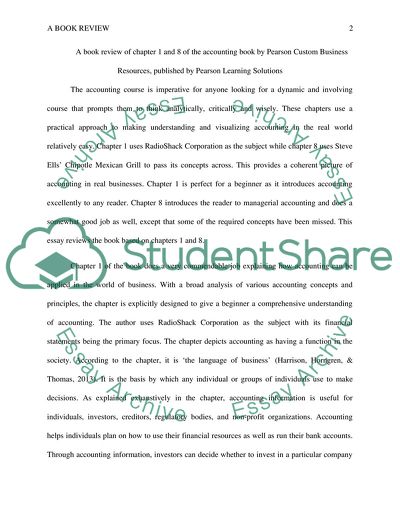Cite this document
(Introduction to Accounting Book Report/Review Example | Topics and Well Written Essays - 2000 words, n.d.)
Introduction to Accounting Book Report/Review Example | Topics and Well Written Essays - 2000 words. Retrieved from https://studentshare.org/finance-accounting/1879833-chapter-1-and-8-review
Introduction to Accounting Book Report/Review Example | Topics and Well Written Essays - 2000 words. Retrieved from https://studentshare.org/finance-accounting/1879833-chapter-1-and-8-review
(Introduction to Accounting Book Report/Review Example | Topics and Well Written Essays - 2000 Words)
Introduction to Accounting Book Report/Review Example | Topics and Well Written Essays - 2000 Words. https://studentshare.org/finance-accounting/1879833-chapter-1-and-8-review.
Introduction to Accounting Book Report/Review Example | Topics and Well Written Essays - 2000 Words. https://studentshare.org/finance-accounting/1879833-chapter-1-and-8-review.
“Introduction to Accounting Book Report/Review Example | Topics and Well Written Essays - 2000 Words”, n.d. https://studentshare.org/finance-accounting/1879833-chapter-1-and-8-review.


